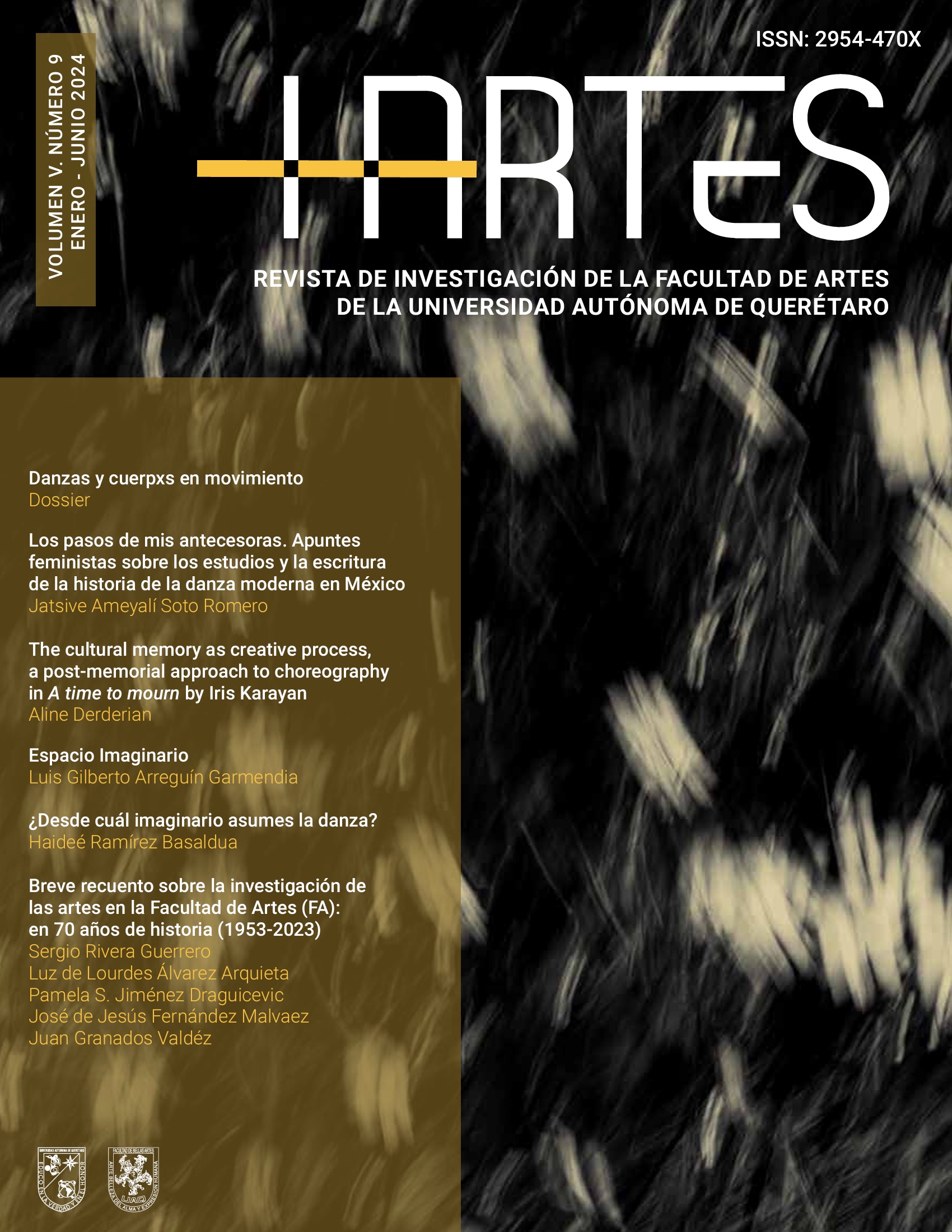Abstract
In the book Haut Karabakh, Le Livre Noir (Nagorno Karabakh, The Black Book), published last August 2022, several leading figures of Armenian studies recall the origins of the conflict that has pitted Azerbaijan against Armenia for decades, and give an account of their position as members of the Armenian diaspora. On this occasion the director and actor Simon Abkarian wrote: "A nation deprived of its poetic voice deprives itself of its political one. Both are inseparable". If poetic and the political are inseparable, this implies that every poetic or artistic work has a political dimension that sometimes extends beyond the very context of its creation or genesis. One explanation may be the environment, the context from which it emerged. Another reason may be the sexual identity, ethical, cultural, or social values of the artists, but also those of their audiences. Taking for granted that the understanding of politics in artistic contexts has given rise, throughout the history of both visual and performing arts, to works that protest, celebrate, present, represent or resist very often through the body, we can envision that the political stands as either an imperative or as a creative fuel.
In the field of choreography since the beginning of the 20th century, the notion of constraint or creative task has almost always generated movement (corporeal, metaphorical, or kinesthetic). This paper therefore sets out to explore the extent to which the heritage of a culture and the traumas of a threatened nation such as Armenia constitute a creative constraint or a creative starting point that is self-evident or that performing artists impose on themselves. Our argument will be supported by a study of Greek-Armenian choreographer, Iris Karayan’s piece, A time to mourn, choreographed in 2009.
References
Altounian, J. (2007). La Survivance: Traduire Le Trauma Collectif. Paris: Dunod.
Hirsch, M. (2017). “Ce qui touche à la mémoire”. Esprit. pp. 42-61. Retrieved from https://doi.org/10.3917/espri.1710.0042
Karayan, I. (2009). A time to mourn / ZITA dance company, 2010 [Video]. Vimeo. Retrieved from https://vimeo.com/80443107
Karayan, I. (2021). Dancing beyond memories: Armenian cultural heritage & corporeality (South Caucasian approaches to creative practices). [Online colloquium]. University of Chicago Center in Paris. Retrieved from https://beyondmemo.hypotheses.org/author/beyondmemo
Lepecki, A. (2016). Singularities: dance and visual arts in the age of performance. Basingstoke: Taylor & Francis Ltd.
Lüderitz, A-J. (2018). Walter Benjamin et l’image dialectique, l’histoire comme une dialectique des images. (Doctoral thesis). Université Toulouse le Mirail - Toulouse II, France. Retrieved from https://theses.hal.science/tel-02958522/document
Vincenot, M. (March 20, 2012). A time to mourn-Iris Karayan. Michel Vincenot. Retrieved from https://michelvincenot.fr/2012/03/20/a-timeto-mourn-iris-karayan/

This work is licensed under a Creative Commons Attribution-NonCommercial-ShareAlike 4.0 International License.
Copyright (c) 2024 HArtes


